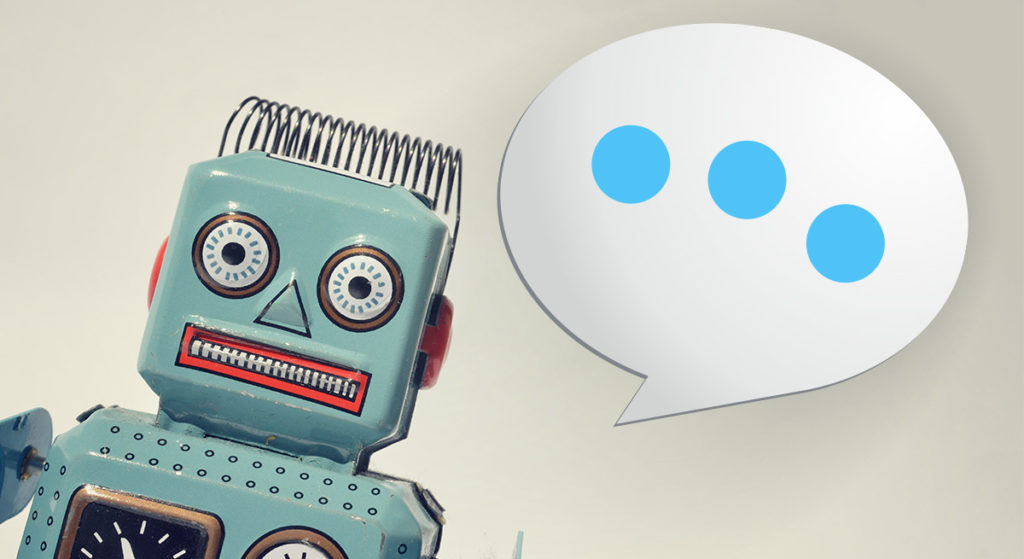Chatbots are the “next big thing” for reaching consumers online, and with the rising sophistication of AI marketing could be great news for brands for a number of reasons.
Today’s consumers are tech-savvy, mobile and have zero patience for inconvenient shopping, much less customer support. In a world where 53 percent of mobile website visitors leave if a web page doesn’t load within three seconds and 51 percent of people say a business needs to be available 24/7, brands are turning to chatbots for the solution.
If you hate picking up the phone to reach customer service, you’re not alone. In fact, 38 percent of Americans would rather clean a toilet, according to the 2016 Aspect Consumer Experience Index. Forty-four percent of American consumers prefer chatbots to traditional customer service, “if the company gets it right” and 71 percent of participants want the ability to solve most customer service issues on their own. Millennials are the most confident when it comes to chatbots, with 70 percent saying they “feel good” about them. More than half (54 percent) prefer all customer interactions via electronic means and 49 percent feel that texting is the most effective communication for customer service.
While customer service and eCommerce are natural fits for chatbots, brands are also using this growing outlet for interactive promotion.
Mr. Robot got its own mobile app last year in which users had to interact with a character from the show by “chatting” with her through E-Corp’s messaging platform. To promote Call of Duty: Infinite Warfare, Activision did an amazing job of using a chatbot purely for interactive storytelling—resulting in over six million interactions within the first 24 hours.
Chatbots are still in their infancy, and developers are learning about what works and what doesn’t. Kiwi Inc. CEO and Sequel founder Omar Siddiqui predicts that while the technology is new, this will be a year of continued innovation.
“[In 2017] we’ll see continued improvements in the same interaction design supported by both platform improvements and technological progress on how best to utilize natural language as part of the bot experience,” he told [a]listdaily. “We’ll see the messaging apps continue to make improvements in bot discovery for consumers and more organic means by which bots can be surfaced to consumers at appropriate points in their work flows on these apps. We will also see the emergence of multimedia bots with audio and voice taking more of the mind-share as a complement to text-based experiences.”
Facebook, in particular, is a major driver in this new era of bot creation, claiming that “tens of thousands” of developers are building chatbots on their platform.
Perhaps the biggest challenge for developers is creating a bot that is friendly, efficient and intelligent without being creepy—as opposed to today’s automated phone systems that still can’t seem to understand a word being said.
It would also be rather unnerving to have a robot know everything about you, then share that information with others, with or without its knowledge. Today, users can pop over to Facebook Messenger to do anything from booking travel to ordering pizza, so security will become even more of a concern as eCommerce becomes more commonplace on the platform.
